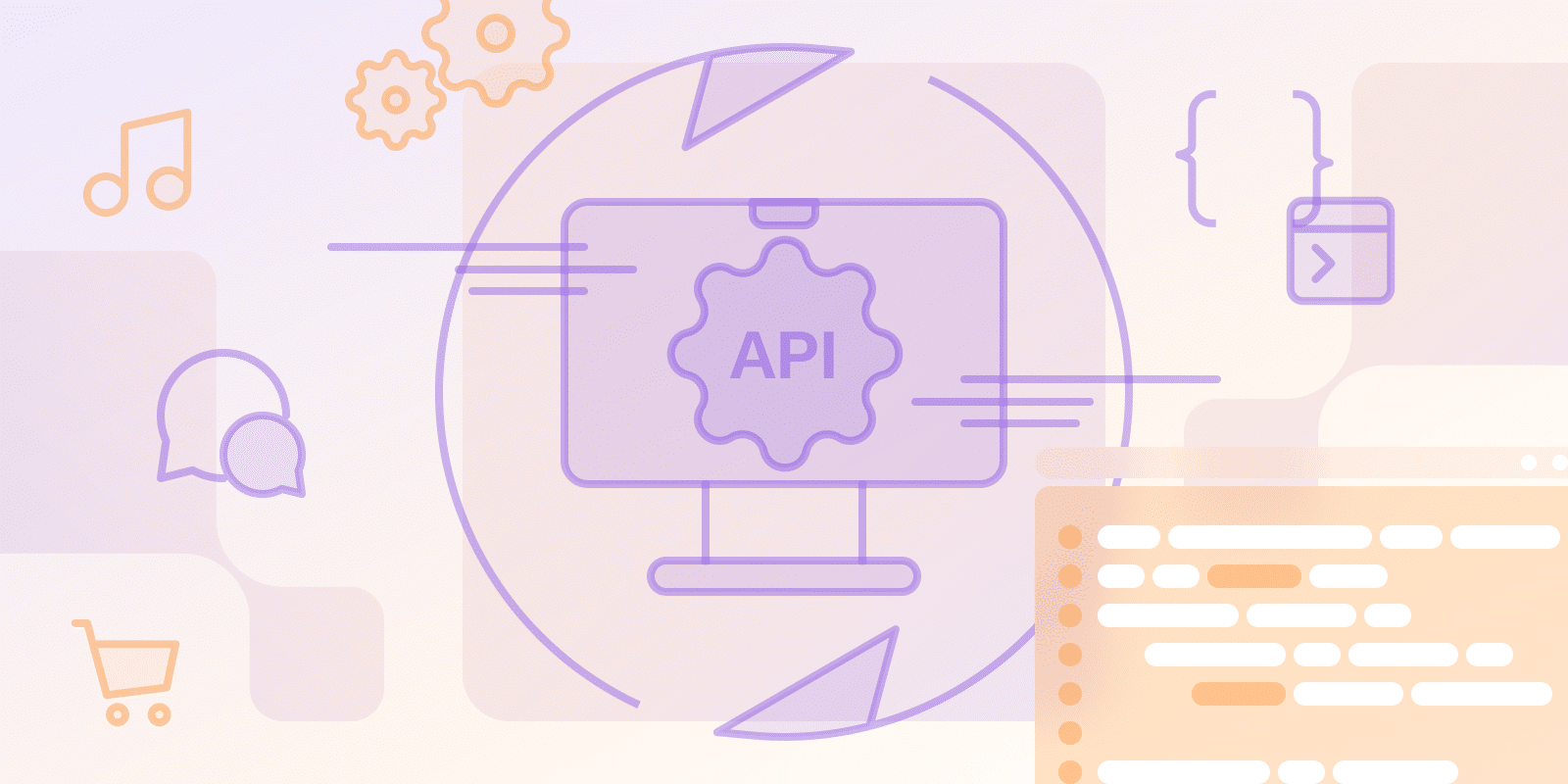Sviluppo cloud-native
Cos'è l'API nel cloud-native?

Cos'è l'API nel cloud-native?
Le API, note anche come interfacce di programmazione delle applicazioni, connettono i servizi all'interno di un'architettura di microservizi. Definiscono regole e specifiche per l'interazione dei componenti software e lo scambio di dati, fungendo da contratti.
Attraverso un accoppiamento debole, le API vengono utilizzate per distribuire, sviluppare e scalare i servizi in uno spazio riutilizzabile e interoperabile.
Qual è la differenza tra cloud-native e SaaS?
Cloud-native e SaaS utilizzano il cloud computing, ma affrontano lo sviluppo/la fornitura del software in modo diverso. Ecco come:
- App cloud-native: create appositamente per un cloud. Utilizzano contenitori, microservizi e orchestrazione; questi sono necessari per agilità, resilienza e scalabilità. Le aziende utilizzano app cloud-native se hanno bisogno di un maggiore controllo sulle infrastrutture sottostanti e per personalizzarle. DevOps è necessario per distribuire e gestire app cloud-native.
- SaaS (Software-as-a-Service): Le applicazioni sono ospitate/gestite da un provider, il che significa che hanno una personalizzazione limitata; d'altro canto, le app SaaS sono accessibili ai clienti online. Le aziende pagano tramite abbonamenti e utilizzano SaaS per la distribuzione/manutenzione.
| Funzionalità | Cloud-Native | SaaS |
|---|---|---|
| Architettura e sviluppo | ||
| Approccio all'infrastruttura | Creato specificamente per ambienti cloud utilizzando container e microservizi | Ospitato e gestito da un fornitore di terze parti |
| Focus sullo sviluppo | Enfatizza la containerizzazione e l'orchestrazione | Enfatizza la funzionalità e l'accessibilità per l'utente finale |
| Controllo e personalizzazione | ||
| Controllo dell'infrastruttura | Elevato controllo sull'infrastruttura sottostante | Controllo limitato; gestito dal fornitore |
| Opzioni di personalizzazione | Ampie possibilità di personalizzazione | Opzioni di personalizzazione limitate |
| Operazioni e gestione | ||
| Processo di implementazione | Richiede competenza e gestione DevOps | Gestito dal fornitore di servizi |
| Responsabilità di manutenzione | Il team interno gestisce la manutenzione | Manutenzione gestita dal fornitore |
| Approccio di scalabilità | Funzionalità integrate per il ridimensionamento dinamico | Il fornitore gestisce le operazioni di ridimensionamento |
| Modello di business | ||
| Modello di pagamento | Costi di infrastruttura e utilizzo delle risorse | Prezzo basato su abbonamento |
| Requisiti di risorse | Maggiore competenza tecnica richiesta | Requisiti tecnici minimi |
Quali sono le sfide e le best practice nella progettazione e gestione delle API per le applicazioni cloud-native?
Alcune delle cose a cui dovrai pensare quando progetti/gestisci le API in ambienti cloud-native sono:
- Complessità multi-API: quando si utilizzano più API, è importante affrontare potenziali complessità relative a progettazione, gestione e documentazione.
- Versioning: è necessario versionare attentamente le API quando si evolvono per evitare problemi di compatibilità con le versioni precedenti.
- Sicurezza: implementare misure di sicurezza appropriate per mitigare i rischi associati all'utilizzo delle API, poiché possono esporre dati o funzionalità sensibili.
- Prestazioni: assicurarsi di aver ottimizzato le API per prestazioni/scalabilità elevate poiché normalmente gestiscono carichi di lavoro variabili.
Attenersi a queste pratiche:
- API-First Design: utilizzare la progettazione dell'API prima dell'implementazione del servizio; questo è fondamentale per garantire contratti chiari.
- Standardizzazione: utilizzare Rest, GraphQL e altri standard di progettazione API; essere coerenti nel farlo.
- Documentazione: mantenere aggiornata la documentazione API e assicurarsi che sia completa.
- Versioning: definire la strategia di versioning prima di implementarla.
- Sicurezza: utilizzare le protezioni API, come crittografia, autenticazione e applicazione dell'autorizzazione.
- Monitoraggio/Analisi: monitora l'utilizzo/le prestazioni della tua API nel lungo periodo.
Quale delle seguenti descrizioni è più adatta alla scoperta dei servizi cloud-native?
La scoperta cloud-native rileva/registra i servizi di un ambiente cloud. Dopo averlo fatto, gli altri servizi nell'infrastruttura dovrebbero essere in grado di comunicare con loro e scoprirli; questo avviene tramite identificatori o nomi logici.
Il dinamismo è cruciale in ambienti cloud. La scoperta del servizio è importante anche per la comunicazione e l'accoppiamento allentato.
In che modo la scoperta dei servizi consente il ridimensionamento dinamico e la resilienza nelle applicazioni cloud-native?
La rilevabilità dei servizi funziona in questi due aspetti come segue:
- Ridimensionamento dinamico: nuove istanze possono essere aggiunte/rimosse quando la domanda aumenta o diminuisce. La scoperta dei servizi è essenziale per registrare queste istanze e renderle rilevabili.
- Scoperta dei servizi: notifica i guasti delle istanze prima della loro rimozione dalla directory, consentendo ad altri servizi di regolare il loro comportamento di routing. Ciò è necessario per il tempo di attività e la disponibilità del servizio.
Conclusione
È necessario comprendere lo sviluppo cloud-native, SaaS, API e individuazione del servizio, insieme alle loro sfumature, se si desidera prendere decisioni più consapevoli. Considerare come si allineano alle proprie esigenze tecniche e ai requisiti aziendali.
Considerare ciò che si è appreso oggi e monitorare la propria infrastruttura.